New White Plaster with Gray Mottling and Streaks-HELP!
wendypool
10 years ago
Featured Answer
Sort by:Oldest
Comments (10)
Aqua-Link Pools and Spas
10 years agogolfgeek
10 years agoRelated Professionals
Lakewood Landscape Architects & Landscape Designers · Owings Mills Landscape Architects & Landscape Designers · Forest City Landscape Architects & Landscape Designers · Clearlake Landscape Contractors · Conroe Landscape Contractors · Farmington Landscape Contractors · Matteson Landscape Contractors · New Cassel Landscape Contractors · Peachtree City Landscape Contractors · Pleasant Hill Landscape Contractors · York Decks, Patios & Outdoor Enclosures · Bethany Decks, Patios & Outdoor Enclosures · Chandler Decks, Patios & Outdoor Enclosures · Prescott Decks, Patios & Outdoor Enclosures · Randolph Decks, Patios & Outdoor Enclosuresgolfgeek
10 years agoLonewolf126
10 years agowendypool
10 years agowendypool
10 years agogolfgeek
10 years agohuskyridor
10 years agowendypool
10 years ago
Related Stories

DINING ROOMSColor Feast: When to Use Gray in the Dining Room
The right shade of gray pairs nicely with whites and woods to serve up elegance and sophistication
Full Story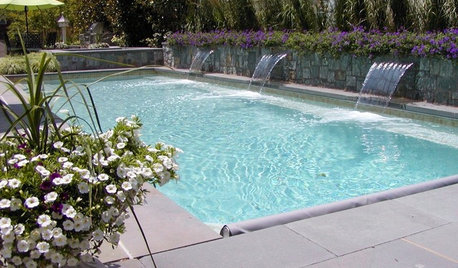
POOLSPlaster Tops Popularity List for Pool Finishes
Classic white or dyed to suit a mood, plaster is the most common and affordable finish for pools today
Full Story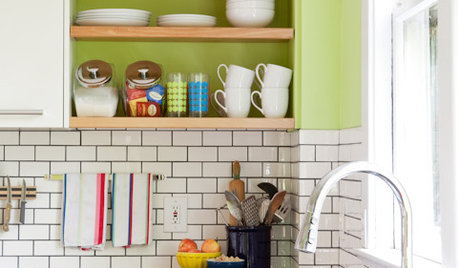
KITCHEN DESIGNSubway Tile Picks Up Gray Grout
Heading into darker territory, subway tile offers a graphic new look for kitchens, bathrooms and more
Full Story
GRAYColor Guide: How to Work With Light Gray
The hottest new neutral can be cool or warm, formal or casual, and feminine or masculine. Talk about versatile
Full Story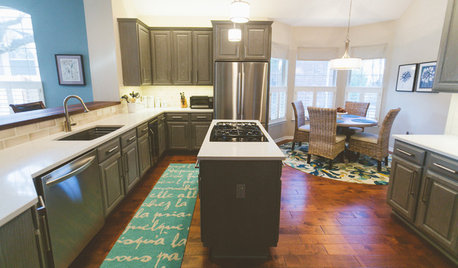
BEFORE AND AFTERSGray Cabinets Update a Texas Kitchen
Julie Shannon spent 3 years planning her kitchen update, choosing a gray palette and finding the materials for a transitional style
Full Story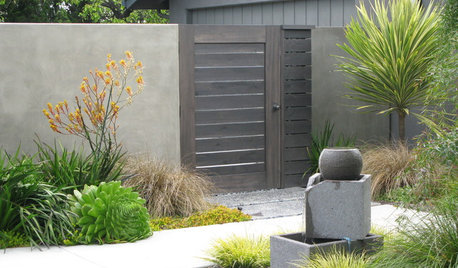
LANDSCAPE DESIGNDare to Go Gray in the Garden
Use neutral gray as a soother, a buffer and a framework for plants in many colors
Full Story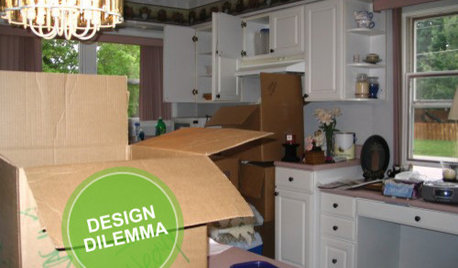
KITCHEN DESIGNDesign Dilemma: My Kitchen Needs Help!
See how you can update a kitchen with new countertops, light fixtures, paint and hardware
Full Story
EXTERIORSHelp! What Color Should I Paint My House Exterior?
Real homeowners get real help in choosing paint palettes. Bonus: 3 tips for everyone on picking exterior colors
Full Story
DECORATING GUIDESCould a Mission Statement Help Your House?
Identify your home’s purpose and style to make everything from choosing paint colors to buying a new home easier
Full StoryMore Discussions






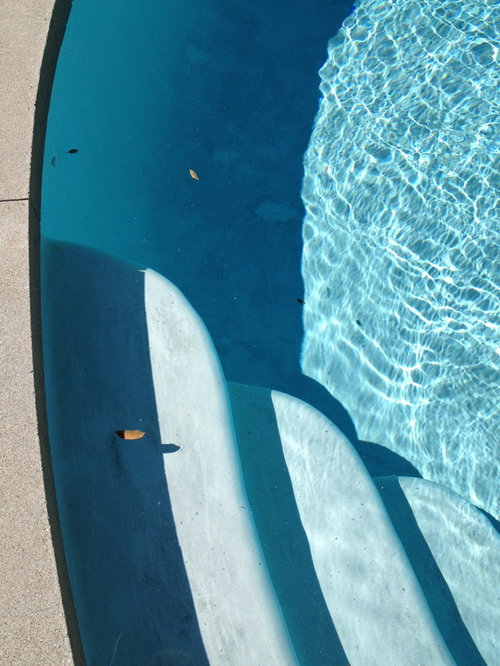




wendypoolOriginal Author